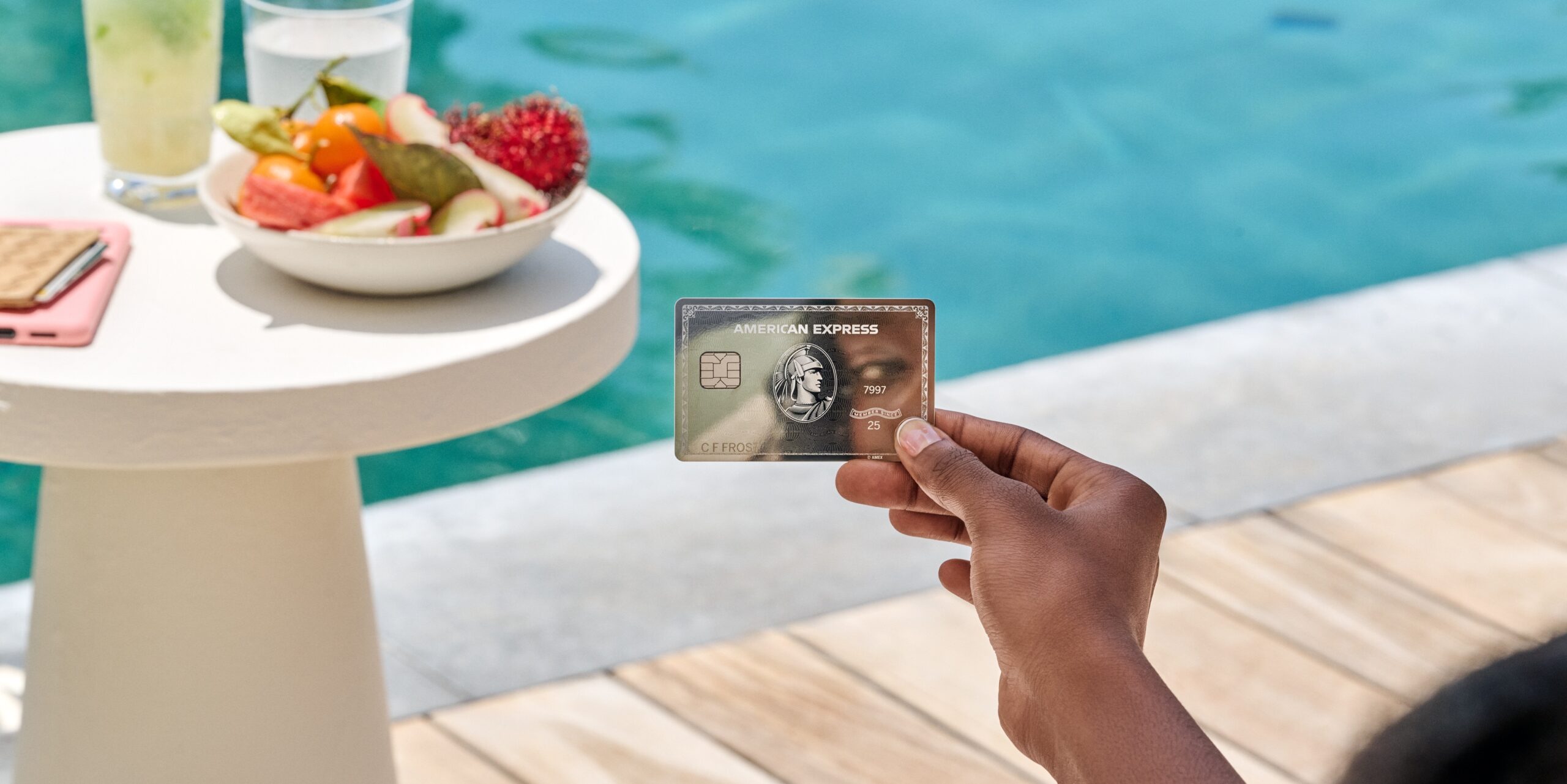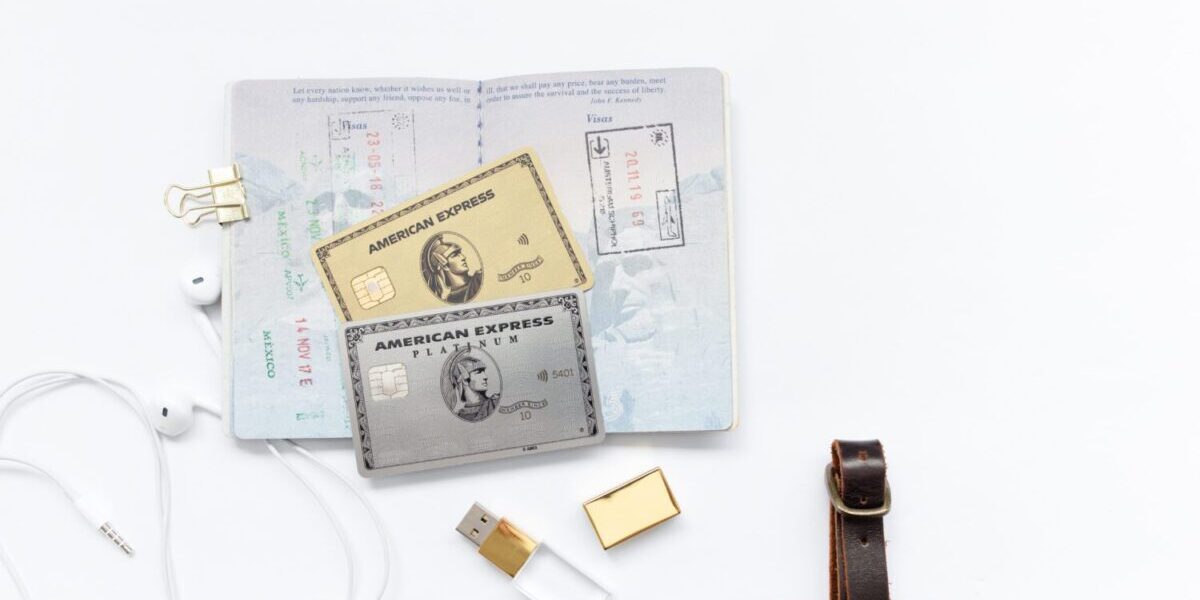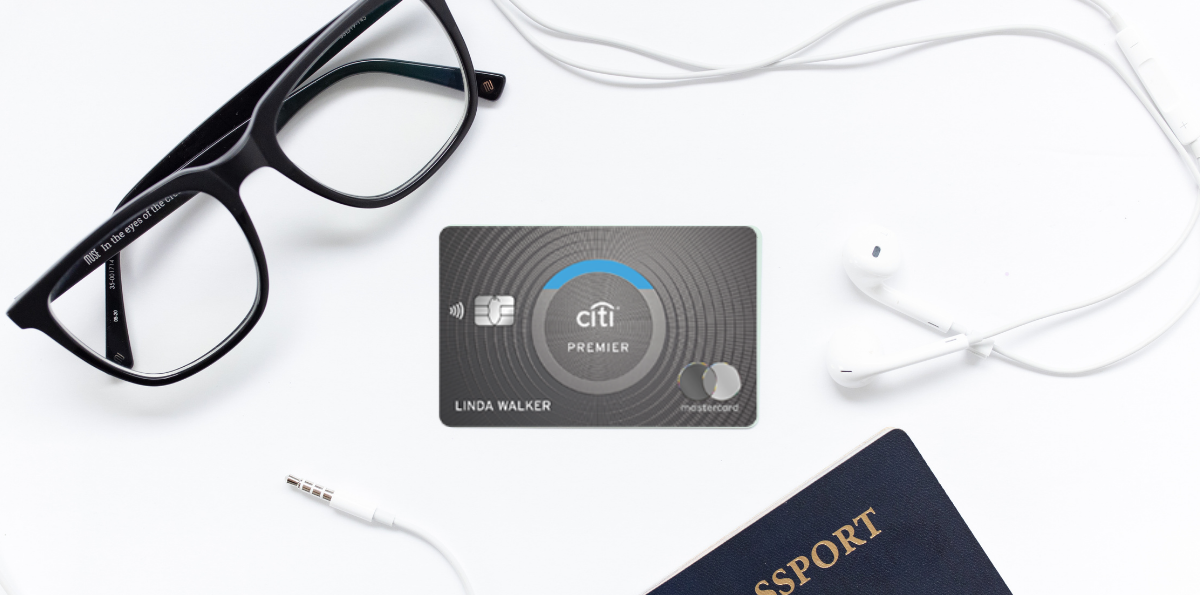Every three months, I tune in to American Express' quarterly earnings calls in the hopes of finding a newsworthy tidbit about the bank's portfolio of travel cards. It's typically just a bunch of boring (to most) financial talk and investor jargon, but I had a feeling this quarter's call might be different … and it did not disappoint.
With the bank unveiling its “refreshed” American Express Platinum Card® less than a month ago, much of the conversation focused on the revamped card and its reception. Spoiler alert: It's a hit.
Amex CEO Steve Squeri kicked off Friday's call by addressing the recent Platinum Card changes: “I'm very pleased to say that the initial customer demand and engagement are exceeding our expectations. In fact, while it's still early, this is the strongest start we've seen for a U.S. Platinum card refresh.”
While it's not the least bit surprising to hear a CEO brag about how well the company is doing to a bunch of investors, this is a much more ringing endorsement than you'd typically expect – never mind the fact that it was practically the first thing out of his mouth. Compare that to the much more timid, “Going fine. We're happy,” response from Chase execs, following the Sapphire Reserve's relaunch in June, and it's particularly telling.
Related reading: Did Chase Fumble the New Sapphire Reserve Card?
But we didn't need to hear these comments from Amex to know that the Platinum Card's changes have been well received. We've already heard plenty from readers, podcast listeners, and social media commenters.
Not shockingly, Amex followed its typical playbook – one other banks have since copied – with the latest refresh: more use-them-or-lose-them statement credits and a now, record-high, annual_fees annual fee (see rates & fees). But what makes this refresh different – and likely so successful – is what Amex didn't do. All of the card's old benefits remained intact while adding well over $1,000 per year in additional travel and (mostly) lifestyle credits. For most, that more than justifies the $200 price increase.
Here's a quick look at some of the new credits that were added or enhanced:
- Up to $600 per year for prepaid bookings at Fine Hotels + Resorts® and The Hotel Collection properties (two-night minimum stay required) through Amex Travel. This credit is split up into semi-annual chunks of up to $300 each, but it's a massive increase from the old, once-per-year $200 credit.
- Up to $400 per year (up to $100 per quarter) for dining purchases at more than 10,000 U.S. Resy-partner restaurants.
- Up to $300 per year (up to $75 per quarter) for purchases at U.S. Lululemon retail stores (excluding outlets) or online at lululemon.com.
- Up to $300 per year (up to $25 per month) for eligible purchases with select streaming and digital partners like Disney+, a Disney+ bundle, ESPN+, Hulu, The New York Times, Paramount+, Peacock, The Wall Street Journal, YouTube TV, and YouTube Premium. That's a $5 per month increase over the old credit.
- Up to $200 per year toward a purchase at Ouraring.com, including the sleek Oura Ring wearable that’s become a favorite for fitness and wellness tracking.
- Up to $120 per year to cover the entire cost of an Uber One membership – unlocking discounts on rides and $0 delivery fees on the Uber Eats platform.
And all of that is on top of all the card's old credits like up to $200 per year for airline incidentals, up to $100 per year for Saks Fifth Avenue purchases, up to $200 in Uber Cash, up to $209 annual CLEAR® Plus credit, best-in-class airport lounge access, and much more.
Add it all up and there's a lot to love about the new-look Amex Platinum Card, but one thing is abundantly clear: It's no longer a travel card … it's a pricey club membership. And this isn't just a natural evolution; it's a strategic shift meant to capture the wallets of younger customers. To put it bluntly, if you're skeptical about the Platinum Card's changes, you're probably not Amex's target demographic.
Squieri's comment about this strategy wasn't quite “OK boomer” … but it wasn't far off: “The Platinum card has evolved into the leading premium lifestyle card that it is today, with a wider range of benefits and experiences that appeal broadly across generations, including Millennial and Gen Z consumers who are very comfortable paying for exceptional value and are highly engaged in the product.”
That might be tough for some to hear, but it's a point Amex has raised time and time again on these investor calls. The bank noted that more than half a million people requested the Platinum Card's limited-edition mirror card design as further proof of exactly which demographic the bank is trying hardest to appeal to.
So what's next for Amex and the Platinum Card?
While these changes are still really fresh, Amex is never one to rest on its laurels. Asked by an investor whether there was room for a new (even pricier) card between the Platinum and Centurion Card – commonly known as the Black Card – Squeri responded, “Look, is there a product between Platinum and Centurion? Maybe. If you have any ideas, we're open to those ideas … we're happy with where Platinum is, and I think this refresh will continue to cement our position as the leading premium product.”
It doesn't sound like anything is in the works just yet, but with Amex and every other bank going all in on “premium,” I wouldn't rule it out entirely …
Bottom Line
American Express’ newly refreshed Platinum Card is a hit – and the company says demand has exceeded expectations. By keeping its existing perks intact while adding over $1,000 in new annual credits, Amex has turned the Platinum into more of a lifestyle membership than a travel card, aimed squarely at younger, experience-driven consumers.
CEO Steve Squeri’s comments make it clear: Amex is doubling down on premium value and generational appeal – and it’s already paying off.








I’m not particularly happy about the increased fee because I don’t think the new credits are all that useful. For example, the hotel credit only applies to a handful of mostly very expensive hotels. We will be in Milan next month and there were less than 20 hotels where the credit would apply and all the hotels were at least $600 a night. No thanks! Similarly, the Resy credit is less useful than it appears. For example, in Denver there are apparently only about 20-25 restaurants on Resy and only a few of those are convenient for us.
I will keep the card for now because we do travel a lot and enjoy the Centurion Lounge access but the new increase has me much closer to a pinch point than before.
100
I only got the platinum card because i had an offer to upgrade for 125K points for a $6k spend. i needed the points so i accepted. I had plans to keep the card for a year and then downgrade back to gold. I knew a higher fee was coming so the decision was going to be easy. Little did I know how much i would love the credits but when the new credits came (along with the higher fee), I found I love this card even more! I am in my early 60s and just started points and miles 2 years ago. i am not focusing so much on lots of travel since i am still working, but I am focusing on travel with more upgraded hotels, flights, etc. This card is perfect. My entire adult life has been budget travel so now it’s my turn to live it up! I don’t have 40+years of travel left in my life, so I will keep “living it up” with business class flights, higher end hotels and airport lounges with whatever time I have left.